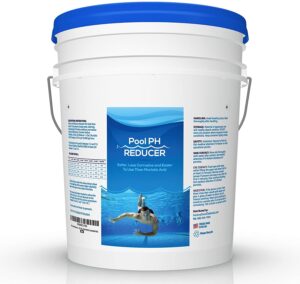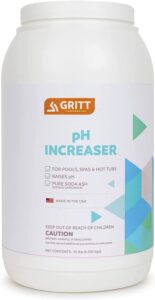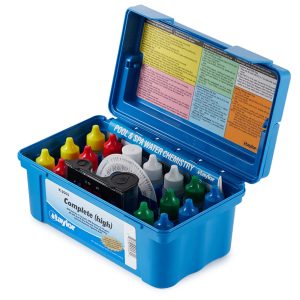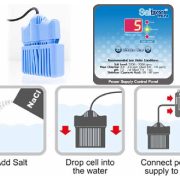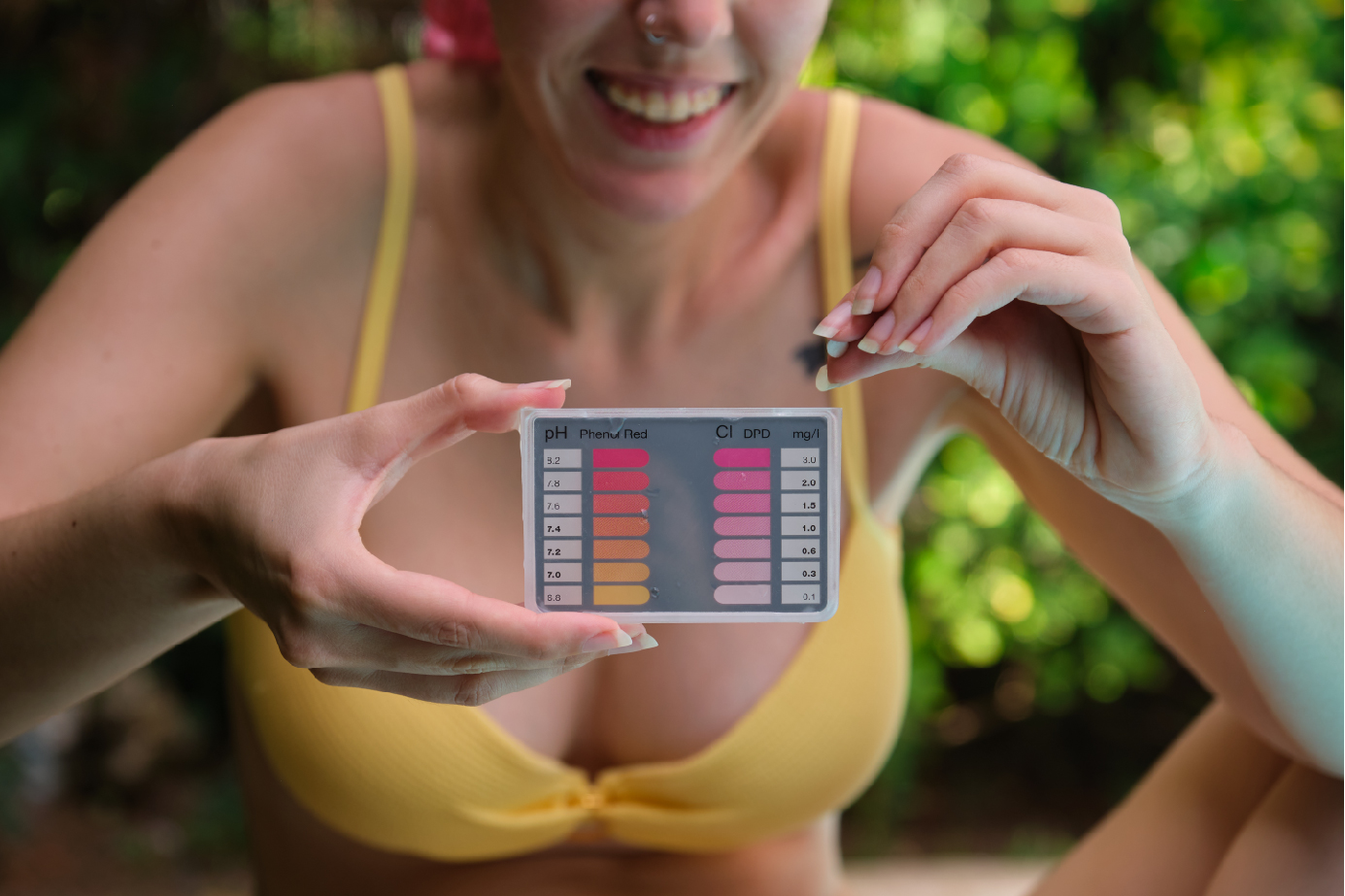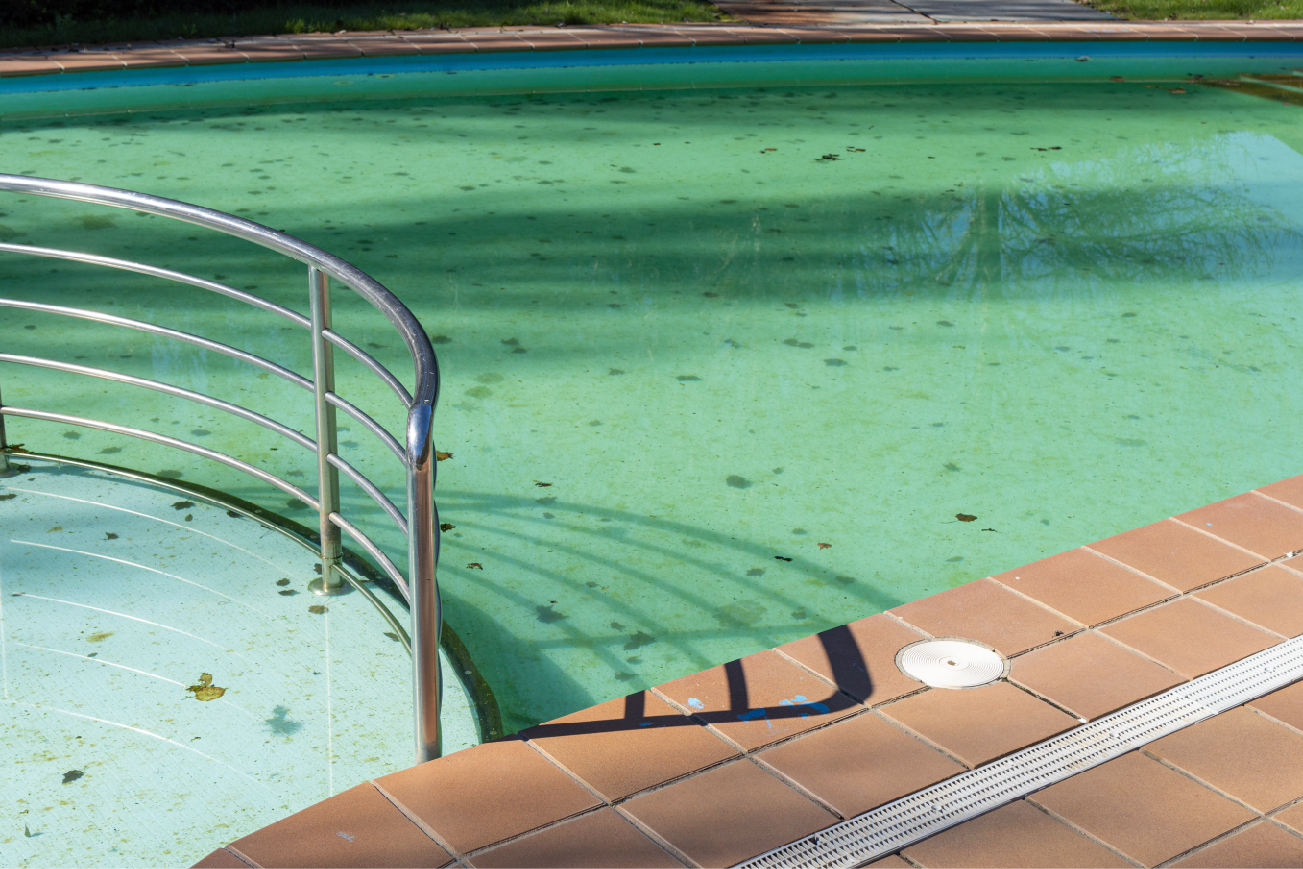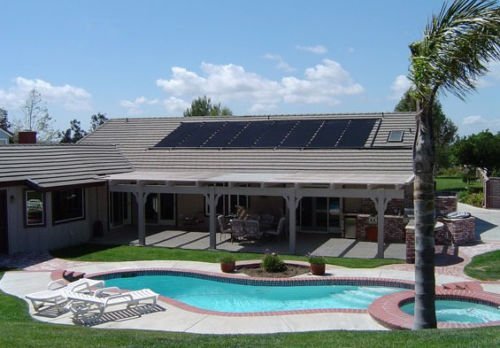
Mastering the Art of pH Balance: A Comprehensive Guide to Maintaining Optimal pH Levels in Swimming Pools
A well-maintained swimming pool not only looks inviting but also ensures the safety and comfort of swimmers. One crucial aspect of pool maintenance is maintaining a balanced pH level. This article will delve into the importance of balanced pH in swimming pool water, the types of chemicals used to adjust pH, and the best test kits for measuring pH levels.
- The Importance of Balanced pH in Swimming Pool Water
Maintaining a balanced pH is essential for a variety of reasons:
- Swimmer Comfort: Unbalanced pH levels can cause skin and eye irritation, making the swimming experience uncomfortable for swimmers.
- Chemical Efficiency: A balanced pH ensures that chlorine and other sanitizers work effectively to eliminate bacteria, algae, and other contaminants.
- Equipment Longevity: Unbalanced pH levels can lead to corrosion of pool equipment, fixtures, and surfaces, reducing their lifespan and causing costly repairs.
- Water Clarity: Balanced pH levels contribute to crystal-clear water by preventing the formation of scale and minimizing the risk of algae growth.
- Ideal pH Range for Swimming Pools
The ideal pH range for swimming pool water is between 7.4 and 7.6. This range not only provides a comfortable swimming environment but also ensures optimal chemical efficiency.
- Types of Chemicals to Adjust pH Levels
There are two primary chemicals used to adjust pH levels in swimming pools:
pH increasers, also known as pH up or alkaline additives, are used to raise the pH level of pool water. The most common pH increaser is sodium carbonate (soda ash).
b. pH Reducers (pH Down)
pH reducers, also known as pH down or acid additives, are used to lower the pH level of pool water. The most common pH reducer is sodium bisulfate, although muriatic acid can also be used.
- Best Test Kits for Measuring pH Levels
Regularly testing the pH level of your pool is crucial for maintaining balanced water chemistry. Here are some of the top test kits for measuring pH levels:
a. Taylor Technologies K-2006 Complete Swimming Pool Water Test Kit
This liquid test kit provides accurate readings for pH, free and total chlorine, bromine, alkalinity, calcium hardness, and cyanuric acid, making it a comprehensive choice for maintaining balanced pool water.
b. LaMotte ColorQ Pro 7 Digital Pool Test Kit
The LaMotte ColorQ Pro 7 is a digital test kit that offers precise readings for pH, free chlorine, total chlorine, bromine, alkalinity, calcium hardness, and cyanuric acid. Its user-friendly interface and digital results eliminate the guesswork associated with color-matching.
c. AquaChek Select 7-in-1 Pool and Spa Test Strips
For a more affordable option, the AquaChek Select 7-in-1 test strips offer accurate readings for pH, free chlorine, total chlorine, bromine, alkalinity, calcium hardness, and cyanuric acid. These test strips are easy to use and provide quick results.
- How to Adjust pH Levels in Swimming Pools
To adjust the pH level in your swimming pool, follow these steps:
- Test the pool water using a reliable test kit to determine the current pH level.
- If the pH is below 7.4, add a pH increaser (soda ash) according to the manufacturer’s instructions.
- If the pH is above 7.6, add a pH reducer (sodium bisulfate or muriatic acid) according to the manufacturer’s instructions.
- Allow the pool water to circulate for at least 2-4 hours to distribute the chemicals evenly.
- Retest the pH level after the circulation period to ensure it has reached the desired range (7.4 to 7.6). If necessary, repeat the process of adding pH increaser or reducer until the ideal pH is achieved.
- Test your pool water regularly (at least once a week) and make adjustments as needed to maintain a balanced pH.
- Additional Tips for Maintaining Balanced pH Levels
In addition to adjusting pH levels, consider the following tips to maintain balanced pool water chemistry:
- Monitor total alkalinity: Total alkalinity (TA) acts as a buffer for pH levels, so it’s essential to maintain the recommended TA range of 80-120 ppm. An imbalanced TA can cause pH levels to fluctuate.
- Maintain sanitizer levels: Ensure that the sanitizer (chlorine or bromine) levels are within the recommended range to keep the water clean and prevent algae growth.
- Regularly clean and backwash the pool filter: A clean and well-functioning filter helps maintain water clarity and balanced water chemistry.
- Shock your pool as needed: Regular pool shocking, usually once a week, can help break down organic contaminants and maintain water quality.
Maintaining balanced pH levels in your swimming pool is essential for ensuring a comfortable and safe swimming environment, protecting pool equipment, and maintaining water clarity. By using the appropriate chemicals, reliable test kits, and adhering to best practices, you can easily achieve and maintain optimal pH levels in your pool, ensuring a delightful swimming experience for everyone.

